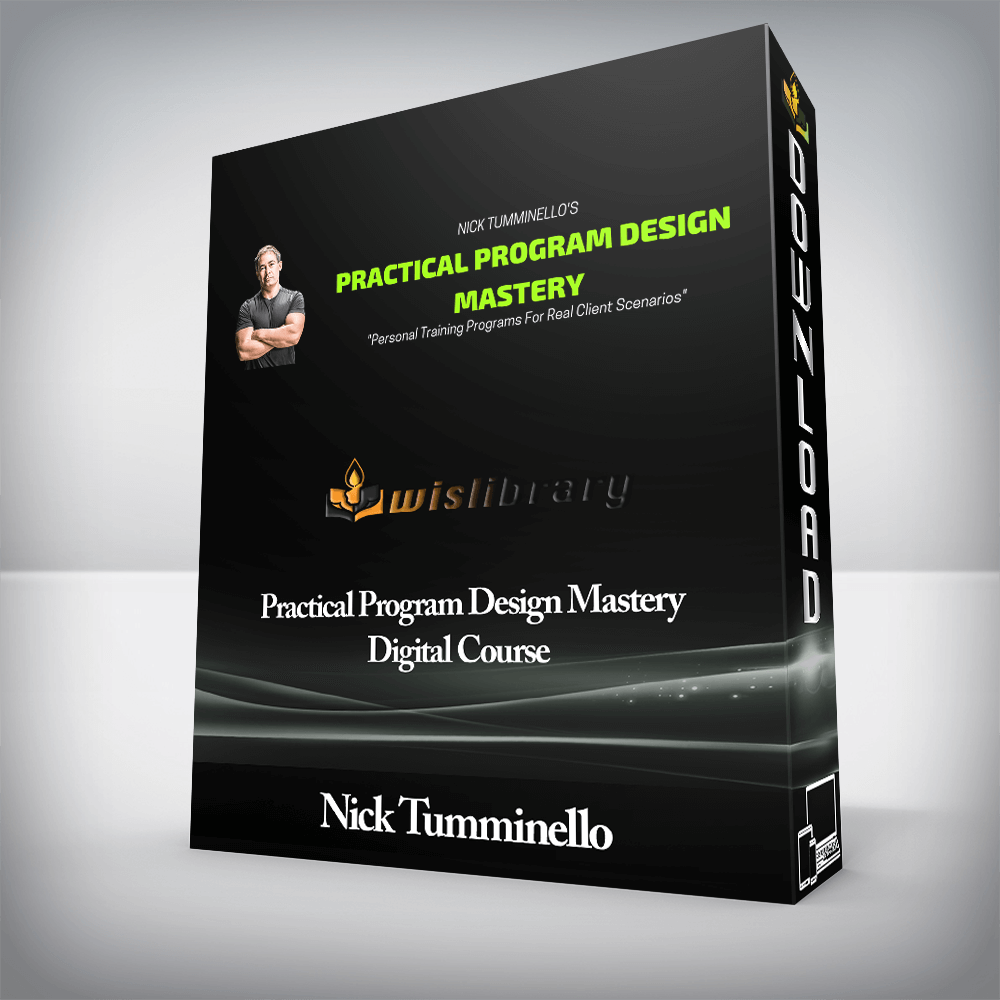

Are you a personal trainer that spends hours programming every week or month, but still feel like your workouts aren’t producing the results that your clients want?Do you struggle to program workouts around your clients’ aches and pains that get them progressing without doing a whole bunch of boring “corrective” exercises?
Have you read every book and article on program design and periodization, but still feel lost on how to write programs for general population clients that just want to feel better and enjoy their time in the gym?
If so, it’s not your fault.
There are a ton of resources currently available for trainers to learn how to build programs, but most fall short because they’re usually designed for athletes, powerlifters, or body builders – not the clients that you’re working with 90 percent of the time. You know, the thirty or forty-something client that wants to lose weight but has never trained before and others that actually pay the bills.
That’s because most experts address programming from a general scientific perspective, not a goal-specific one. While they cover basic physiology and discuss the standard scientific principles of exercise and periodization, they fail to offer clear, practical programming instructions you need to be successful.
It’s time that personal trainers gain access to a programming system that simplifies the theory and is heavy on practical solutions.
One that can easily take into account a client’s goals, needs, and preferences and deliver killer training sessions each time.
That’s exactly what Practical Program Design Mastery accomplishes and MUCH MORE!

Over 1-Year’s Worth Of Done-For-You Programming
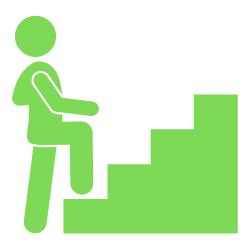
Beginner, Intermediate, and Advanced Programs
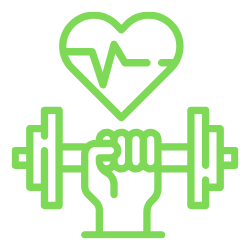
Complete Warm-Ups And Finishers

Semi-Private And Small Group Programming
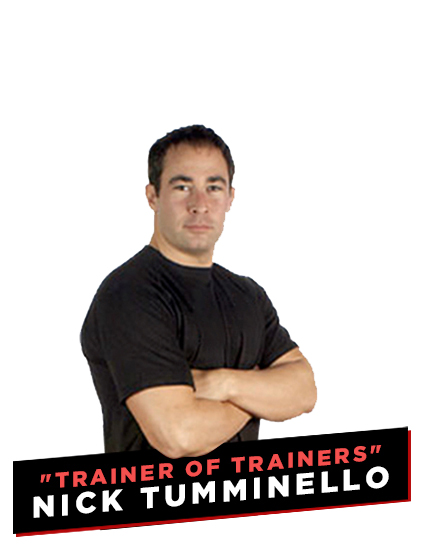
Coach Nick Tumminello has become known as the “Trainer of Trainers” for his innovative, hybrid fitness training concepts and for his ability to provide simple, honest, and immediately applicable solutions to common problems fitness professionals face.
He’s an internationally recognized presenter and mentors thousands of trainers through live workshops, mentorship programs, and home-study programs.
Nick is the author of three books (Strength Training For Fat Loss, Building Muscle and Performance, and Your Workout Perfected). Nick has worked with a variety of clients from the NFL and NBA to professional bodybuilders & figure models to exercise enthusiasts of all fitness levels. He also served as the conditioning coach for the Ground Control MMA Fight Team and was the NSCA’s 2016 Personal Trainer of the Year and was a 2015 Personal Trainer Hall of Fame inductee. Nick is the co-author of the National Strength and Conditioning Association’s (NSCA) Program Design Essentials and Foundations of Fitness Programming guide, is the Editor-in-Chief of the NSCA’s Personal Training Quarterly journal, has produced over 20 courses, is a regular contributor to several major fitness magazines and websites, and is a regular presenter at conferences all over the world.
You’ve likely seen Nick’s work in Men’s Health, Men’s Fitness, Oxygen, Fitness RX, Muscle & Fitness and Personal Fitness Professional. Coach Nick is also a featured contributor to several popular fitness training websites including LiveStrong.com, Bodybuilding.com, NSCA.com, and T-nation.com.
In short, when the best coaches and organizations in the fitness industry want proven, research-backed information, Nick is their trusted resource.
Most programming resources are either too scientific or not scientific enough. That makes it hard to reconcile the foundational principles of exercise that fitness professionals know to be important while still giving clients the variety and fun they crave. Additionally, most program design books and manuals are missing the human element of coaching. They teach trainers how to build workouts that make sense on paper but fail to address important components such as preferences, training environment (big box gym, in-home, etc.), and client limitations. These variables can make or break a training career.
Practical Program Design Mastery is the first resource that not only includes these real-world training situations in the creation process, but also expedites the learning process by reverse engineering tried-and-true workouts.
Not only will you get more than a year’s worth of done for you programming including warmups and finishers, but you’ll also get the rationale behind each workout and framework. That means you’ll understand the principles and philosophies of the system, but not be bound by it.
You’re the foremost expert on your clients and now you can combine that knowledge with a proven system to use as a base, so you don’t have to start from scratch. Almost instantly, you’ll be able to deliver better workouts to keep current clients with you for years and attract new long-term prospects.

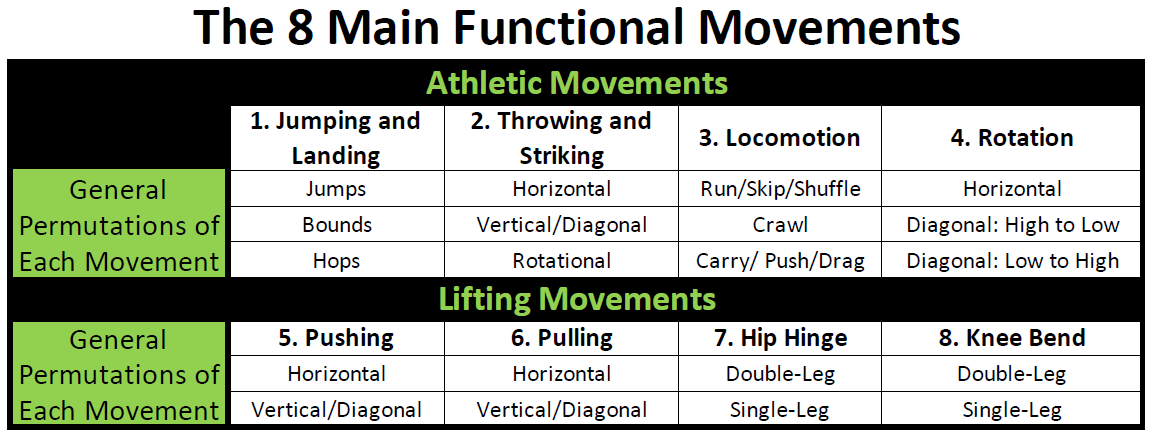
In this digital course, Nick will teach you the entire programming system that he uses to get clients results. Using real training programs and carefully crafted presentations, he’ll cover everything from philosophies and frameworks to the meat and potatoes of building programs that deliver results while making clients happy.
Over the course of 12 different learning modules, you’ll be supplied with complete programs that are accompanied with comprehensive explanation videos.
You’ll know exactly why Nick chose each exercise, the sets, reps, and how he’d tweak the variables over time. That means that you’ll not only have high quality workouts that you can use with your clients to get great results, but you’ll also learn how to think critically about program design and see programming in a much more realistic and practical way.
1.1 – The basics of long-term, ongoing programming for the real-world client
1.2 – The “4 Fs” that most clients want out of their workouts
1.3 – How to balance variety and consistency
1.4 – The fundamentals of personal training vs. the fundamentals of weightlifting
1.5 – Understanding Full-Range Strength
1.6 – The 7 Programming Principles to abide by
1.7 – The 8 Main functional movements
1.8 – The 3 stages of the perfect workout
2.1 – How to properly group exercises together for better workout efficiency and effectiveness
2.2 – The key mistake trainers make when grouping exercises and how to avoid it
2.3 – The Killer B’s of exercise, and how to use them to deliver the best workout in all training environments
2.4 – The “No Gap” training principle that helps your clients be more competent with exercise
2.5 – What sticking to the basics really means and a better way to build your programs around them
2.6 – How to build a complete strength workout in just two simple steps
2.7 – The missing exercises for full range strength
2.8 – The 3 most common painful movements, and how to use Joint-Friendly strength training exercises to get clients quickly training without pain
2.9 – How to use the “Two C’s” to make effective exercise choices
2.10 – The truth about exercise progressions and regressions
3.1 – The three types of workouts in the SPE training systems
3.2 – When (not) to use the SPE programs
3.3 – SPE workout guidelines
3.4 – The point of emphasis to emphasize in each workout
3.5 – How to choose the best weight on each exercise
3.6 – How long each exercise sequence should take
3.7 – Understanding Reload workouts.
3.8 – Weekly training setup for training two, three and four times per week
3.9 – How to coordinate the correct finisher with each SPE workout
3.10 – The 1% for constant progress guideline
4.1 – The 3-stage warm-up system
4.2 – The benefit your warm-up needs to have beyond simply raising body temperature
4.3 – The 4 main functional movements to address in the warm-up
4.4 – A smarter way to use mobility in your warm-up
4.5 – How and why to incorporate basic power training into the warm-up for everyone, not just athletes
4.6 – How to make better use of your workout time
4.7 – The “BIG 3” of mobility
4.8 – The optimal warm-up length
4.9 – What makes a “good” warm-up
4.10 – Common warm-up mistakes that most trainers make
4.11 – The difference between specific and general warm-ups and choosing the right one
4.12 – Plug and play warm-up templates
4.13 – Done-for-you warm-up sequences, and how to use them for years to keep things fresh
5.1 – What makes a “good” finisher
5.2 – The 3 types of finishers, and why you should use all three
5.3 – The best type of finisher to use for each type of workout
5.4 – How to use undulating finishers to get better results
5.5 – The simple and scientific way to assess and prescribe the appropriate amount of rest for each client when doing conditioning
5.6 – Pairing finishers to workouts
5.7 – Plug and play finisher templates
5.8 – 12 done-for-you finisher sequences, and how to use them for years to keep things fresh
6.1 – The 3 base training phases
6.2 – How to know what phase is best to start with for each client
6.3 – Base program workout guidelines
6.4 – Weekly training setup for training two, three and four times per week
6.5 – How long each base phase should last
6.6 – A better way to use mobility in your base programming workouts
6.7 – The appropriate rest between sets
6.8 – How to adjust the amount of sets for your client in each phase
6.9 – The primary goal of each phase
6.10 – The point of emphasis to emphasize in each phase
6.11 – How to choose the best weight for each phase
7.1 – When (not) to use the beginner programs
7.2 – The primary goal of each phase
7.3 – The truth about newbie gains
7.4 – How to choose the best weight for each phase
7.5 – The 3 beginner training phases
7.6 – How long each phase should last
7.7 – How to know what phase is best to start with for each client
7.8 – Beginner program workout guidelines
7.9 – Weekly training setup for training two, three and four times per week
7.10 – How long each phase should last
7.11 – A better way to use mobility in your beginner workouts
8.1 – How many clients should be in a semi-private session
8.2 – How to use the done-for-you warm-ups in a semi-private session
8.3 – How to use the done-for-you finishers in a semi-private session
8.4 – How to seamlessly train multiple clients who each are on a different program
8.5 – The crucial logistical considerations you must know before every semi-private session
8.6 – What to do when a client shows up late and you’ve already started the session with the other clients
8.7 – How to train a drop-in client safely without being able to do an assessment
8.8 – The top 35 default exercises to train anyone
9.1 – How many clients should be in a small group session
9.2 – How to use the done-for-you warm-ups in a small group session
9.3 – How to use the done-for-you finishers in a small group session
9.4 – How to use the SPE programming system for small group workouts
9.5 – How to setup each workout for maximize efficiency
9.6 – The simple small group training system for creating daily exercise variety without randomness
9.7 – How to consistently train the movements that matter in each small group workout
9.8 – The crucial organization and communication strategies to use in a group setting to avoid mistakes
10.1 – Do 30-min training sessions even make sense? And why isn’t anyone addressing this?
10.2 – Which part(s) of the workout need to be shortened.
10.3 – Which part(s) of the session should be removed completely.
10.4 – How to manage 30-min training session volume.
10.5 – The 30-minute SPE program
10.6 – Should you still incorporate a finisher, and how?
11.1 – The 5 key differences in how women should train to get the best results.
11.2 – How to tailor workouts to the female body, to get even better results.
11.3 – Women need more of this in workouts.
11.4 – Women need less of this in workouts.
11.5 – Sample program for women compared to men.
12.1 – How to get the best of both worlds
12.2 – Is it better to switch things up in the gym or stick with the same moves every workout? Here’s the truth.
12.3 – Variety vs Randomness: What trainers get wrong.
12.4 – Good vs. Bad Variability
12.5 – How to determine a high variety client vs a low variety client
12.6 – How to program for a high variety client vs a low variety client
12.7 – What about athletic performance?
12.8 – What about the big basic lifts?
12.9 – Variety for hypertrophy (Gains, Bro!)
12.10 – Variety for fat loss
12.11 – What’s better for beginners: consistency or novelty?
There are no men or women specific exercises, but that doesn’t validate that men and women need to train the exact same way. In fact, they probably shouldn’t.
In this module, you’ll discover the science behind training women and learn the handful of key differences that should be included specifically in a woman’s program to maximize results.
Most program design resources say that you need to keep your programs consistent to get results, but clients want variety. Can you find a good balance between the two that actually produces optimal buy-in and performance? Yes!
In this module, you’ll learn exactly how to tweak workouts to include the variety that clients want to stay engaged with their programs while providing enough consistency to get them stronger and fitter.
While it’s hard to say that 30 minutes sessions can be as effective as 60 minutes ones, they are quite popular (and sometimes needed) for many clients, and no one is actually addressing how to maximize them to get results.
The best 30-minute sessions actually look a lot more like their 60-minute counterparts and less like a non-stop exercise circuit or group class. In this module, you’ll learn how to design principle-based 30-minute training sessions that deliver the same punch in half the time.

Downloadable Charts, Templates, Training Programs, And Done-For-You Warm Up Sequences and Finishers

12 Comprehensive Video Learning Modules and Bonus Videos With Almost 15 Hours Of Content and Lectures

A Complete Exercise Library With Over 500 Videos Detailing Every Single Exercise For Each Program
Practical Program Design Mastery is designed to address the programming challenges that the modern personal trainer faces.
It’s not enough to just know exercises or movement patterns anymore, everyone knows those. Instead, trainers need to seamlessly blend the art and science of training into programs that not only get clients results, but also get and keep them excited.
By purchasing PPDM today you’ll gain immediate access to the tools and lessons that approach learning in a learn-by-doing format to make programming concepts stick and allow you to crank out programs that your clients will love.
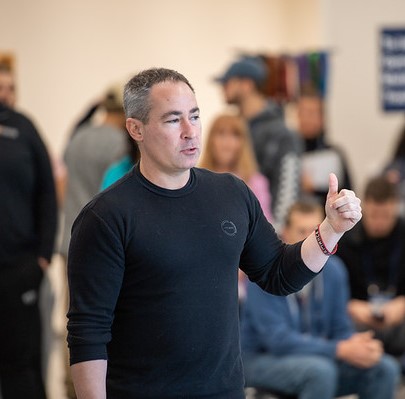
Practical Program Design Mastery is Nick’s flagship programming course and is the product of his 20+ years as a coach and educator. The information presented in PPDM is the newest and most up-to-date version of his programming methods and their application.
While this course represents the refinement of previous methods, frameworks and techniques developed by Nick, it is newly laid out in the best possible format for an improved learning experience. Featuring tons of brand-new content and learning modules, never before has this complete programming system been shared.
For the first time ever, Nick explains his entire philosophy and 7 principles of Full-Range Strength that govern how to build the perfect training program. Additionally, he also details his secrets to adapting these programs to all training environments and group sizes including 1-on-1 training, semi-private, and small group settings.
This is, and will continue to be, Nick’s definitive resource on creating effective fitness and performance training programs.
There are no reviews yet.
You must be <a href="https://wislibrary.net/my-account/">logged in</a> to post a review.